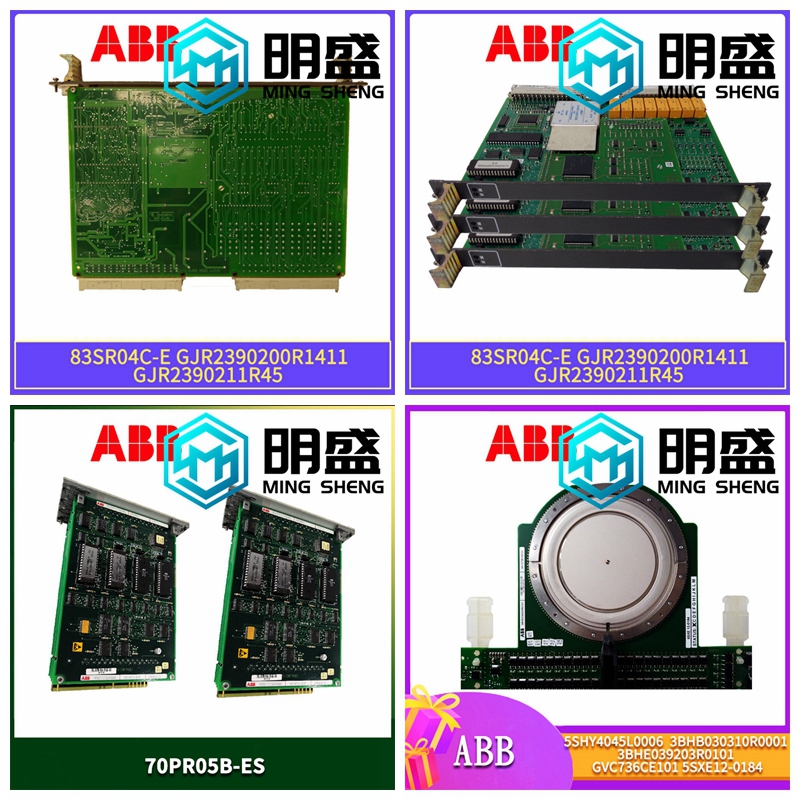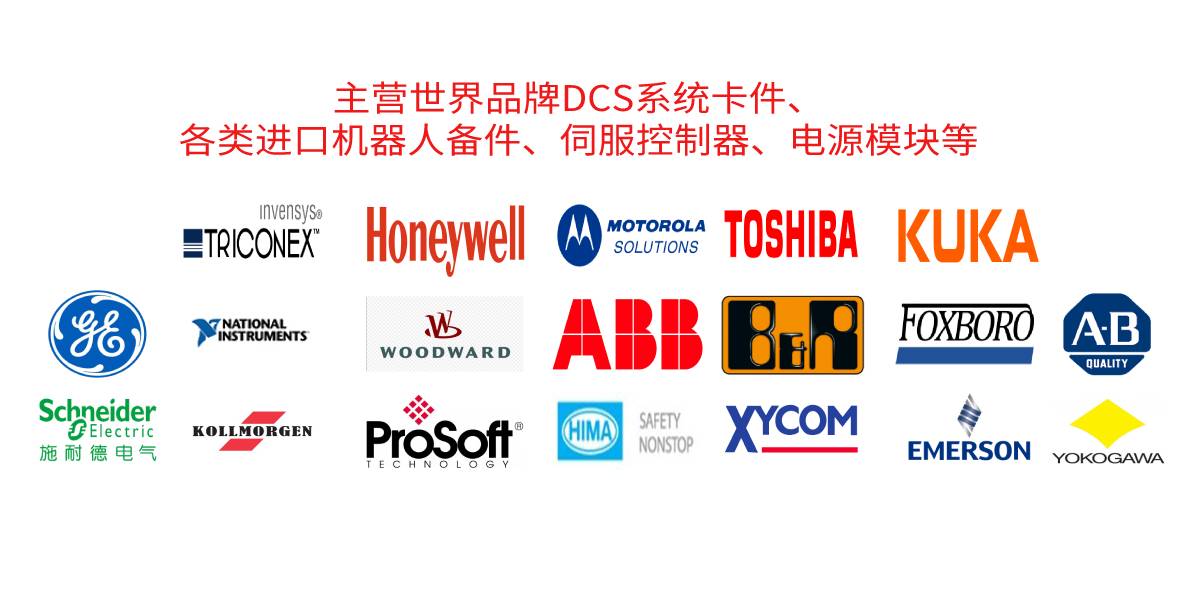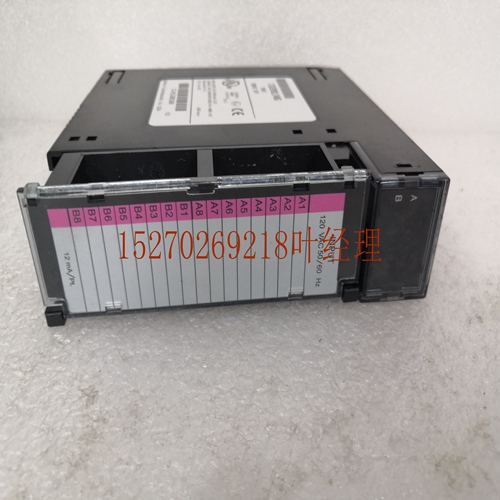IS200TDBTH4AAA工控自动化卡件
这可选地允许数据与其他CPU同步,验证系统操作是否正确,并确定PLC中的应用逻辑是否相等。可选的数据同步消除了加入在线操作系统的各个处理器之间发出的潜在差异控制命令。输入和输出Genius和现场控制设备同时向所有在线CPU广播所有输入的状态。每个CPU独立地解决应用逻辑,并将生成的命令输出状态独立地传输到输出模块。全局数据在GMR系统运行期间,PLC使用全局数据自动交换系统状态和诊断数据的八个寄存器。该数据可直接用于每个PLC中的应用程序。全局数据传输发生在两条容错GMR总线上,因此每个PLC实际上从其他PLC接收两组全局数据。在总线或总线控制器不可用的情况下,使用两条总线提供冗余操作。在一些应用中,还可能需要在PLC之间定期交换附加的应用数据。使用全局数据,可在冗余GMR总线上交换多达56个应用数据寄存器。PLC诊断每个PLC执行连续诊断,以检测内部显性和隐性故障。通过奇偶校验或校验和检测内存错误。每个CPU接收其他CPU的状态,作为全局数据交换的一部分。该状态信息可用于诊断故障表、系统默认操作和应用程序。每个PLC可以监控其他两个PLC的动作,以检测投票差异。每个PLC还将其应用程序校验和与其他PLC的校验和进行比较,如果与其他两个不一致,则可以关闭。另两个报告PLC离线。应用程序可利用Series 90-70 PLC提供的附加诊断机制和GMR系统软件的特殊诊断功能。n系统状态参考。n故障和报警触点。n GMR状态和控制参考。系统状态参考是预定义的参考,可包含在应用程序中,以检查特定的故障相关条件。其他系统状态参考表明故障表何时有新条目、有任何条目或已满。故障和报警触点:GMR系统软件可选择利用Series 90-70 PLC的故障和报警触头功能,使故障和报警信息可用于应用程序。故障和无故障触点可用于检测离散点或模拟点上的故障或无故障情况。故障和无故障触点也可通过Series 90-70的内置故障定位参考进行编程。故障定位参考在点级别识别与系统硬件相关的故障。报警触点可用于指示模拟值何时达到指定的报警极限。GMR状态和控制参考。GMR系统包括许多可用于应用程序的状态和控制位。状态位提供有关GMR操作的信息,例如:启动时的系统故障、输出差异、正在进行的自动测试、正在进行中的重置、PLC在线、关机激活、PLC正常。应用程序可以根据需要读取这些参考。控制位可用于命令系统操作,例如:清除故障表、启动或禁止自动测试以及取消关机。
This optionally allows data to synchronize with the other CPU(s), verifies that system operation is correct, and determines the application logic is equal in the PLCs. Optional data synchronization eliminates potential discrepant control commands being issued between individual processors that are joining the online operational system. Inputs and Outputs Genius and Field Control devices broadcast the status of all inputs simultaneously to all online CPUs. Each CPU independently solves the application logic and transmits the resulting commanded output states independently to the output modules. Global Data During GMR system operation, the PLCs use Global Data to automatically exchange eight registers of system status and diagnostic data. This data is directly available for the application program in each PLC. Global Data transfer occurs on two of the fault-tolerant GMR busses, so each PLC actually receives two sets of Global Data from each of the other PLCs. The use of two busses provides redundant operation in case a bus or bus controller is not available. In some applications, it may also be desirable to regularly exchange additional application data between the PLCs. Up to 56 registers of application data can be exchanged on the redundant GMR busses using Global Data. PLC Diagnostics Each PLC executes continuous diagnostics to detect internal overt and covert failures. Memory errors are detected via parity or checksum. Each CPU receives the other CPUs’ status as part of the Global Data exchange. This status information is available for the diagnostic fault table, system default operation, and application program. Each PLC can monitor the actions of the two other PLCs to detect voting discrepancies. Each PLC also compares its application program checksum with those of the other PLCs and can be shut down if it is in discrepancy with the other two. A PLC that goes off-line is reported by the other two. The application program can make use of additional diagnostics mechanisms provided by the Series 90-70 PLC and special diagnostics features of the GMR system software. n System Status References. n Fault and Alarm contacts. n GMR Status and Control references. System Status References are pre-defined references that can be included in the application program to check for specific fault-related conditions. Additional system status references indicate when the fault table has a new entry, has any entry, or is full. Fault and Alarm Contacts: The GMR system software can optionally utilize the Fault and Alarm contacts capability of the Series 90-70 PLC to make fault and alarm information available to the application program. Fault and No Fault contacts can be used to detect fault or lack of fault conditions on a discrete or analog point. Fault and No Fault contacts can also be programmed with the Series 90-70’s built-in fault-locating references. Fault-locating references identify faults associated with the system hardware to the point level. Alarm contacts can be used to indicate when an analog value has reached an assigned alarm limit. GMR Status and Control References. The GMR system includes many status and control bits that can be used in an application program. Status bits provide information about GMR operations such as: system fault at startup, output discrepancy, autotest in progress, reset in progress, PLC is online, shutdown is activated, PLC is OK. These references can be read as needed by the application program. Control bits can be used to command system operations such as: clearing fault tables, initiating or inhibiting autotesting, and canceling shutdown.













